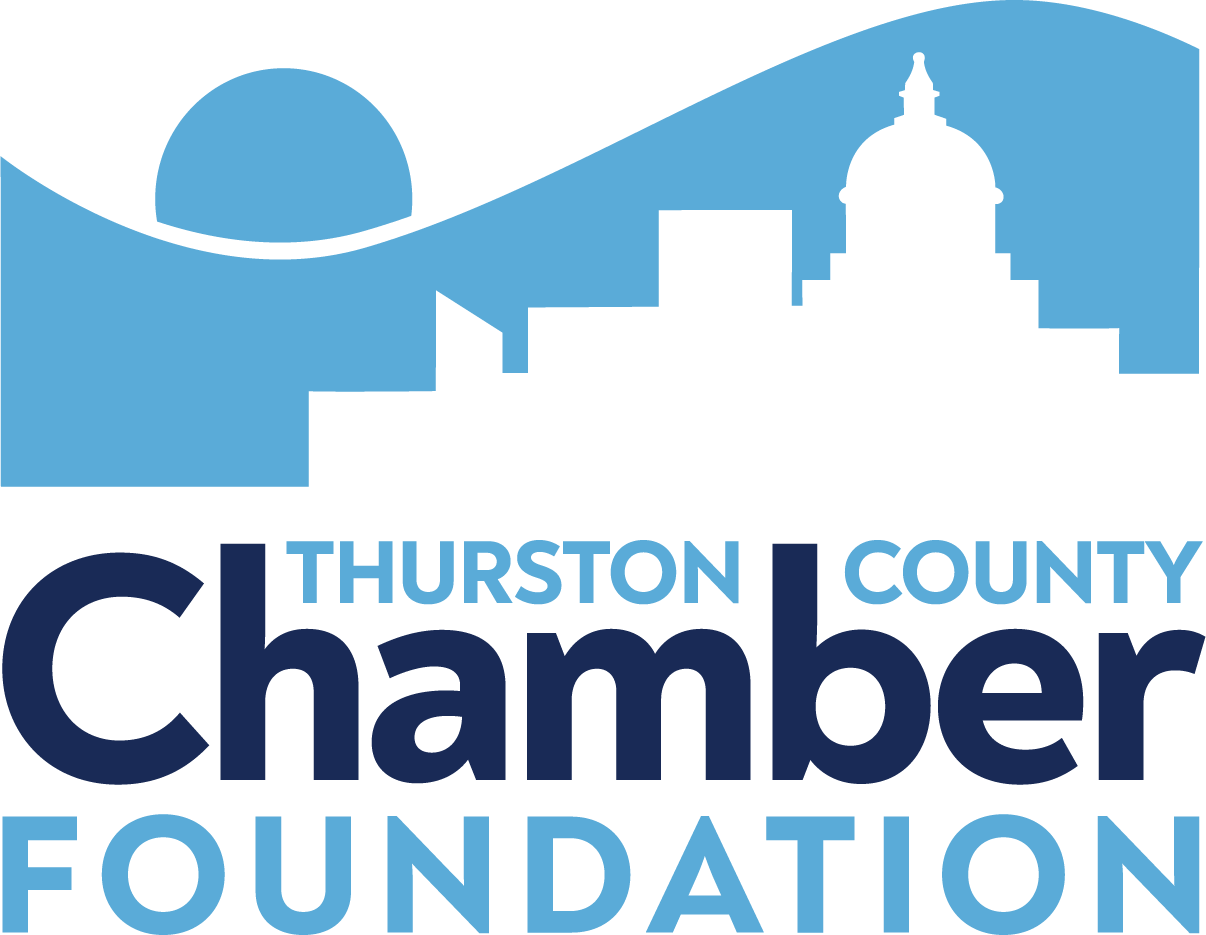What is Hope Thurston?
Research tells us that hope is the single best predictor of a person’s ability to thrive and flourish. People who have hope are more productive at work, they are higher achievers, attain higher academic success and they are healthier, with lower rates of depression and PTSD.
In fact, when you define hope and start looking at the components of hope, researchers are able to measure hope — hope at an individual-level, organizational-level and community-level.
In June 2018, the Hope Thurston initiative was launched, in partnership with Thurston Thrives, Community Foundation of South Puget Sound, Saint Martin’s University, The Evergreen State College, South Puget Sound Community College, Thurston County Prosecuting Attorney’s Office, Thurston Chamber Foundation and Dr. Chan Hellman from the University of Oklahoma-Tulsa, to measure, analyze and establish a Thurston County “Hope Score.” This data will inform the development of strategies to improve social determinants of health in alignment with the Thurston Thrives framework.
Hope Thurston is an initiative to relate Hope Theory and science to the Thurston Thrives framework and community collective impact. We believe that the future can be better than the present, and that we have the ability to influence that outcome. Hope is a pathway to the goal of community wellness. We seek to understand the desire to thrive and develop strategies to improve hope within individuals and to build a thriving community.
When will the survey take place?
The survey was launched on June 26, 2018, and ran through January, 2019.
Where can I take the survey?
The survey is now closed. However, you can contact us to learn more about the Hope Scale survey, collective hope and measuring the hopefulness of your organization, workplace or local community.
What is Hope Theory?
Derived from positive psychology, hope theory is a scientifically-based body of research measuring a community’s hope for the future.
How is hope defined in the Hope Theory philosophy?
Hope is the belief that the future can be better than the present or past and that we have the ability to specifically influence that outcome.
How is this accomplished?
Hope is comprised of three main tenants: goals, pathways, and agency.
- Goals
Goals represent the cornerstone of hope theory as the endpoint to planned behavior. Goals that motivate behavior can exist in the short- or long-term, but must meet certain criteria: potentially attainable, clearly articulated, and measurable. Motivated behavior requires the capacity to identify one or more viable pathways to goal attainment.
- Pathways
Pathways represent a mental road map allowing us to consider multiple strategies that will lead to the desired outcome. Viable pathways are within the person’s capacity to pursue and are developed with a plan of success. In this manner, the hopeful people can identify potential barriers with workable solutions or possess the capacity to change to alternative pathways when needed.
- Agency
Agency represents the goal-directed motivational thinking for hope theory. Agency refers to the capacity to exert mental energy (willpower) to the pursuit of a pathway. Hopeful individuals are able to exhibit self-control, regulating beliefs, attitudes, and behaviors during goal pursuits especially while experiencing stress and adversity.
How do we measure hope in Thurston County?
High levels of hope improve coping skills, buffer against stress, predict achievement, enhance positive relationships, and promote healthy adaptive behaviors and resiliency. Survey results will be released in the fall of 2019, after careful analysis by Dr. Chan Hellman and the University of Oklahoma-Tulsa, as well as the Thurston County Public Health and Social Services Department.
What is the projected result of this Hope survey?
County-wide hope information and education provides an opportunity to reach individuals and organizations working with vulnerable populations and strengthens the pathways and ability of people to provide for themselves and their families. It is our goal to bring hope to the people in their daily lives, including in their workplaces, and in our community as a whole. We understand that building community capacity around Hope theory and science takes time, and to accurately measure the value of hope to education, the economy, and other systems, we must first understand the baseline.
Hope Thurston is made possible with the help of these organizations: Thurston Thrives, Community Foundation of South Puget Sound, Saint Martin’s University, The Evergreen State College, South Puget Sound Community College, Thurston Thrives, Thurston County Prosecuting Attorney’s Office, Thurston Chamber Foundation and Dr. Chan Hellman from the University of Oklahoma-Tulsa.
